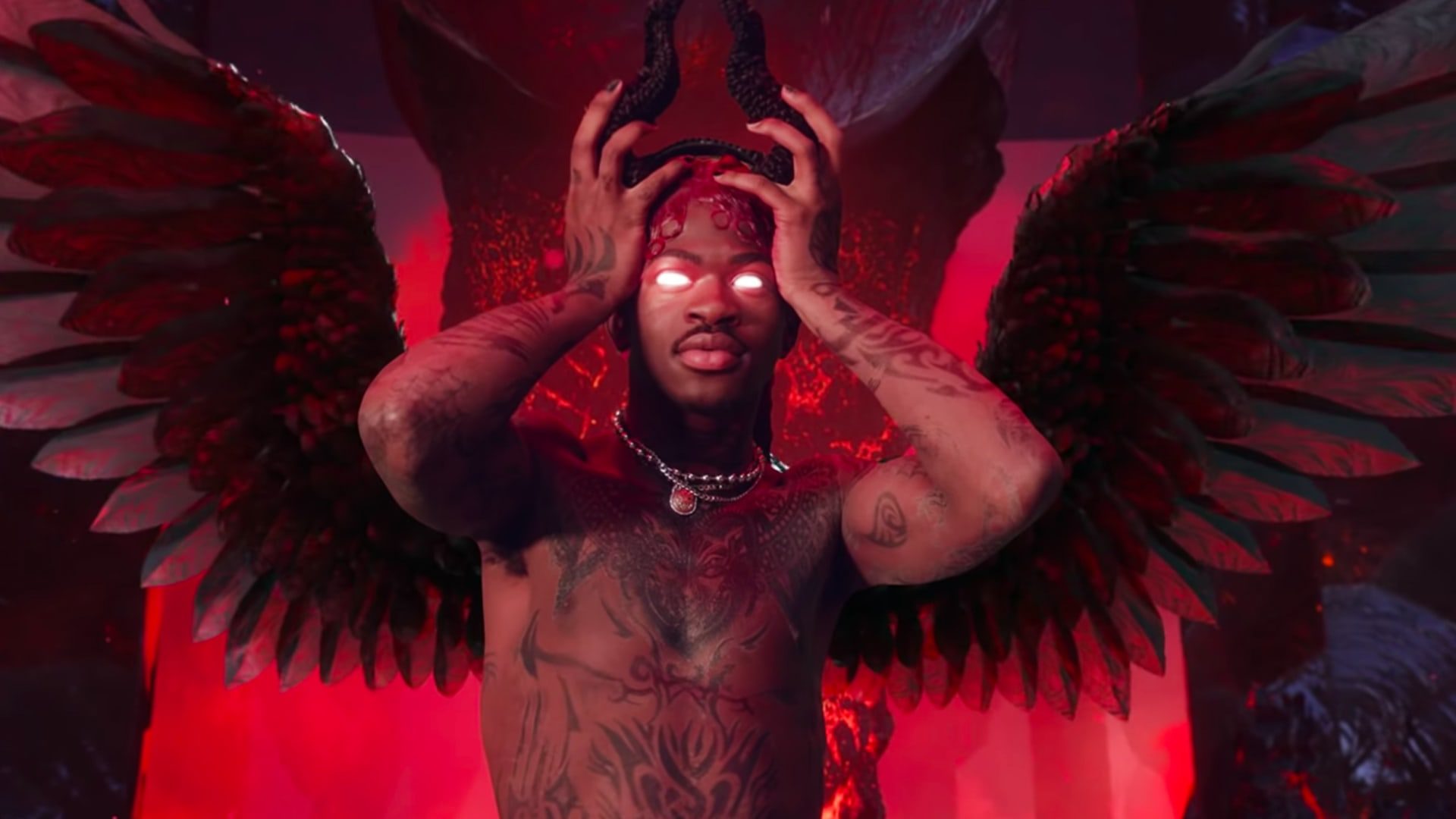
Lil Nas X’s new video for his single “MONTERO (Call Me By Your Name)” is a cultural reset. Premiering on March 26, it has amassed more than 64 million views and its fair share of controversy, thanks to its unapologetic queerness and satanic imagery. Nas’s omnipresence in his own video as a Black, queer artist is honestly one of the moments I have been waiting for: one where we claim our own narratives as queer people of color (and make the internet a little bit uncomfortable along the way).
As queer people of color, being marginalized in larger society creates a greater necessity and pressure to enforce standards of cisgender heteronormativity––because those are values that align with the dominant narrative and are adjacent to whiteness. In this sense, it’s not just white supremacy, it’s cisgender, heterosexual, masculine white supremacy.The steady backlash against Nas’s unapologetic queerness in “MONTERO” from many different areas of the internet, though often packaged as religious critique, is a subtle example of this. Though the video has caused a raucous on the internet, “MONTERO’s” satanic vibes are only the most recent in a long line of demonic-inspired popular media.
The presence of satan or the devil in popular culture is nothing new. Heavy Metal has relied on satanic iconography since the genre’s birth in the late ‘60s and early ‘70s. Iconic album covers from Black Sabbath’s Born Again and Sabbath Bloody Sabbath to Venom’s Welcome to Hell as well as nearly every Iron Maiden and Marilyn Manson cover all feature satanic graphics and art. Demons, skulls, horns, and pentagrams have become staple imagery in the genre as a whole.
Popular media from “South Park,” “Futurama,” and Tenacious D in The Pick of Destiny, to more recent content like “Rick and Morty,” “The Chilling Adventures of Sabrina,” and, of course, Billie Eilish’s music video for “all the good girls go to hell” have all employed the devil as a character to varying levels of seriousness and have been met with various levels of protest. Eilish’s video as well as “Beezleboss (The Final Showdown)” from Tenacious D in The Pick of Destiny feature lyrics and representations far more graphic than Nas’s video, making “MONTERO’s” fantastic and mythological setting look relatively tame.
To be completely honest, what’s frustrated me the most about the discourse around “MONTERO” is the focus being placed on the voices of uncomfortable religious people. To center the conversation around people who are choosing to engage with the video and have just as much liberty as anyone else not to watch it not only diminishes the cultural significance of Nas’s place as an out queer man in the hip-hop/rap genre, but also silences the narratives of many queer Black folks who have been harmed by the church––a community that many of them grew up in and called home.
The media we consume on a regular basis is far steamier than Nas’s video, from sex scenes in shows like Bridgerton or Euphoria to celebrity Instagram accounts. But suddenly when the subject of that content is a queer, Black man and the devil everyone has something to say. Here we find ourselves back at the beginning considering the increased scrutiny queer artists of color face, but Nas has met nearly every bit of criticism with a light heart and a sharp tongue. Scrolling through his Twitter account, Nas always seems to have a quick comeback to give his fans and followers a laugh. It’s this lightheartedness and non-seriousness that makes me appreciate Nas all the more.
At the end of the day, “MONTERO” is a piece of art. Seeing Nas assume so many different faces spoke to the multitudes I feel within myself as a queer, Black young person, but to someone raised to fear demonic imagery “MONTERO” might be severely disturbing. We all approach any piece of art with the weight of our own biases on our hearts and this means that one piece of art can inspire as many different reactions in people as there are lived experiences. I think that’s beautiful and the fact that Nas has capitalized on this through his latest masterpiece makes it even better.